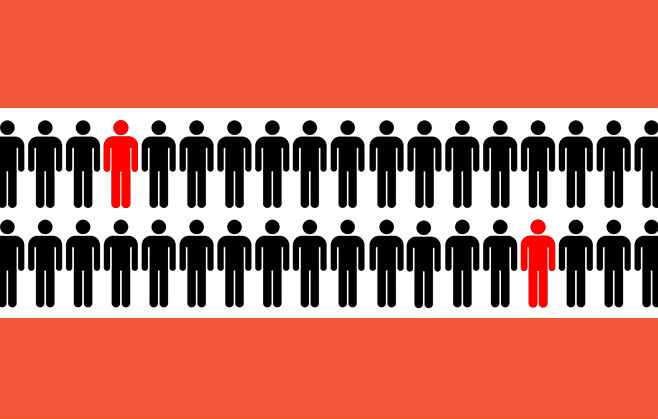
The ALS challenge and the secret to virality
The ALS ice-bucket challenge demonstrated the power of social media for fund-raising purposes. With pretty much everyone we know taking part in the cause, we were keen to find out just why it was so popular, and the key to a campaign’s virality.
In the space of just one month, the challenge has raised $100 million. Over 3 million people, including a host of celebrities, have taken part and donated, raising awareness for the charity and the disease itself, which affects around 400,000 people worldwide each year. On Facebook alone between the 1st Jane and 13th August, The New York Times reported that 1.2 million participant videos had been shared, with 2.2 million mentions generated on Twitter during the same period. So just why has the campaign been so successful? Some might say it’s the celebrity endorsement, with everyone from Justin Bieber to George W. Bush completing the challenge, while the simplicity of the concept has made it accessible for all. Indeed, the fact that it offers a chance to get involved with your friends and family by nominating and filming, is what makes for a fun task.
We feel though, that the challenge has generated so much hype, because it is less about charitable giving, and more about fuelling our narcissistic drive. In today’s culture where selfies, hash tagging, and constant status updates reign supreme, the Ice Bucket challenge adheres to the social media user’s need to seek attention and validation. Yes it’s a fun way to give to charity, but it works because it taps into our desire to show off. This is of course not necessarily a bad thing- at least the ultimate goal of fundraising is being met, which is surely the most important thing.
So what can marketers learn from ALS’s initiative? Firstly, we’ve been shown that crowdsourcing is often a clever move- people inherently want to get involved in a challenge, especially one that’s for a good cause. Secondly, it’s about deciding upon a campaign that’s guaranteed to spread like wildfire. The idea of nominating others and setting a 24 hour deadline ensures the challenge generates a knock-on effect, and moves quickly. As far as charitable marketing goes, the challenge was bound to have more success than say, a video campaign, or even an organized race, as it allows people from all over the world to take part, while the inevitable posts to social media sites quickly accelerate the word. Essentially, it makes the cause a form of social currency, allowing for natural progression throughout Facebook, Twitter, YouTube, Instagram and Vine. What marketers can ultimately learn when aiming for a viral campaign, is that you don’t necessarily have to go to great lengths yourself- a simple and great idea that calls for mass engagement, will often be enough to get the public hooked.
Did you decide to take the ice-bucket challenge? Why do you think the campaign generated such success? We’d love to hear your thoughts, so please tweet to us @PracticeDigital, and share your comments on our Facebook page.




